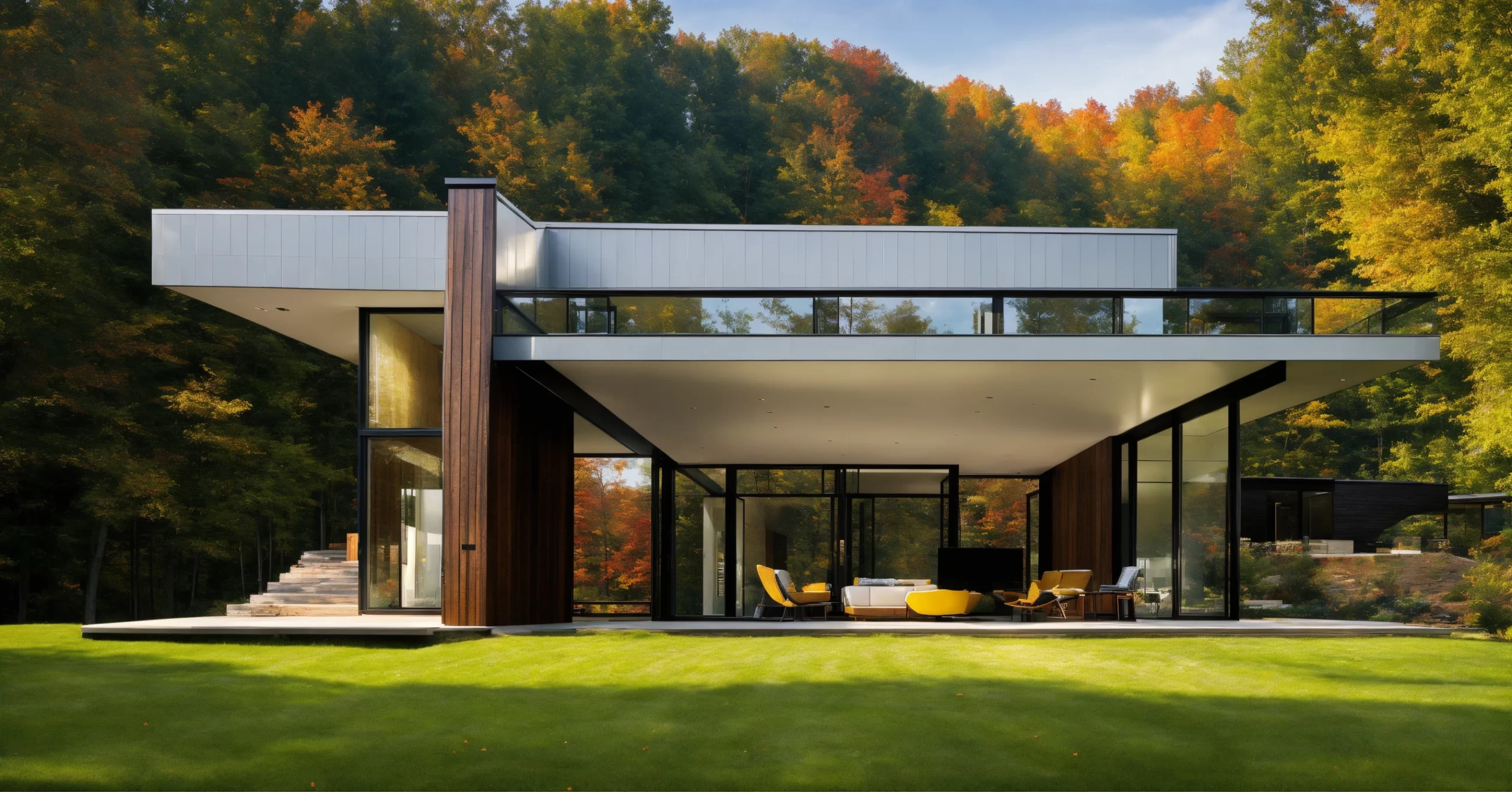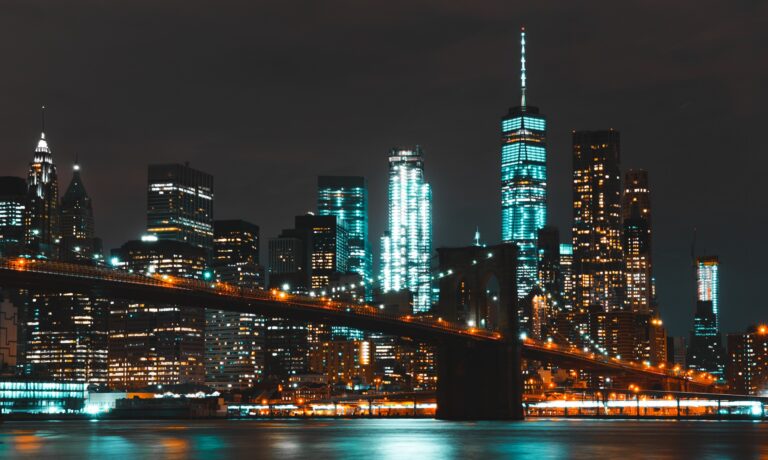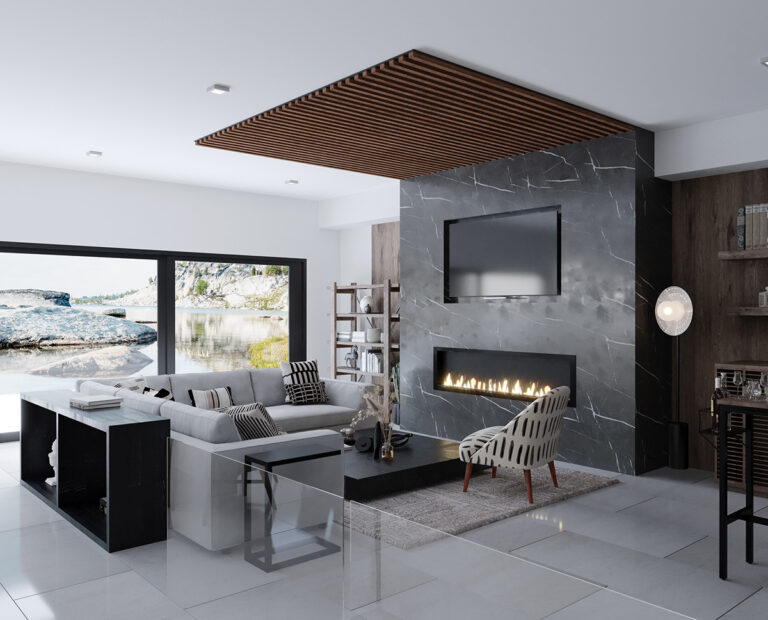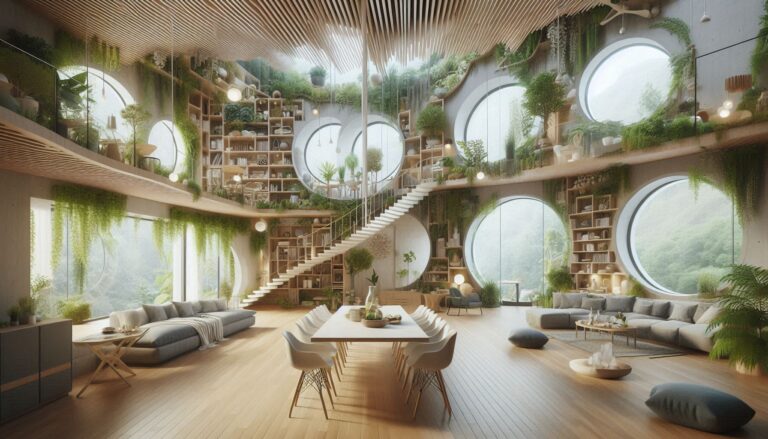Luxury Redefined: How Innovation is Changing the Face of High-End Interior Design

Luxury interior design has long been synonymous with opulence, extravagance, and exquisite craftsmanship. However, as the world shifts toward sustainability, technology, and customization, the definition of luxury is evolving. Today’s high-end interiors are not just about grandeur—they are about blending innovation with style, functionality, and personal expression. Let’s explore how innovation is reshaping luxury interior design:
1. The Shift Toward Sustainable Luxury
Sustainability is no longer an afterthought in high-end design—it’s a cornerstone of luxury. Wealthy clients are increasingly seeking interiors that reflect their values, with a focus on environmentally friendly materials, ethical sourcing, and energy efficiency. Luxury designers are turning to sustainable materials like reclaimed wood, bamboo, and recycled metals, offering clients the chance to indulge in opulence while minimizing their environmental impact.
Green technologies, such as smart lighting, energy-efficient HVAC systems, and eco-friendly paints, are now standard in luxury design. Sustainable luxury is about creating interiors that are not only beautiful but also responsible, aligning with clients’ desire to invest in the planet’s future.
2. Technological Innovation in Luxury Spaces
Smart home technology has become a hallmark of luxury interiors, offering unparalleled convenience, comfort, and control. From voice-activated assistants and automated lighting to advanced security systems and climate control, technology is seamlessly integrated into every corner of a luxury home.
Architects and designers are using cutting-edge tech to create truly bespoke environments that cater to the unique needs and preferences of their clients. With the integration of augmented reality (AR) and virtual reality (VR), clients can explore designs before they are implemented, giving them a greater sense of control and involvement in the design process.
3. Personalization and Customization
In today’s luxury market, bespoke design is more important than ever. High-net-worth individuals are no longer interested in off-the-shelf solutions—they want spaces that are uniquely their own. Custom-made furniture, personalized art pieces, and tailor-made decor are all part of the new luxury interior design landscape.
Technology has made it easier than ever for designers to create these one-of-a-kind pieces. For example, 3D printing allows designers to create intricate, customized furniture and décor that perfectly aligns with a client’s vision. The ability to personalize every detail of a space, from the lighting to the textiles, ensures that each interior is a reflection of the client’s personality and style.
4. Combining Luxury with Well-Being
Wellness is an increasingly important aspect of luxury interior design. Clients are looking for spaces that promote health, relaxation, and rejuvenation. High-end designers are incorporating elements such as biophilic design, which connects people to nature, and wellness-focused amenities like private spas, gyms, and meditation rooms.
By integrating these elements into the design, architects and designers are transforming homes into sanctuaries that cater to both the body and the mind. Luxury is now synonymous with well-being, as clients seek spaces that nurture both their physical and mental health.
5. The Role of Art and Craftsmanship
While technology and sustainability are at the forefront of luxury design, traditional craftsmanship and fine art continue to play a crucial role in creating timeless, high-end interiors. Bespoke furniture, handwoven textiles, and custom artwork add a level of artistry and authenticity that mass-produced items cannot replicate.
Designers are collaborating with skilled artisans to create unique, handcrafted pieces that elevate the aesthetic of a space. These items are not just functional—they are works of art that tell a story, enhancing the luxury experience.
Conclusion
Luxury interior design is evolving, with innovation playing a pivotal role in shaping the future of high-end spaces. Sustainability, technology, personalization, wellness, and craftsmanship are all redefining what it means to live in luxury. As these trends continue to grow, the face of luxury interior design will become more thoughtful, intentional, and responsive to the changing needs and desires of today’s affluent clients.






